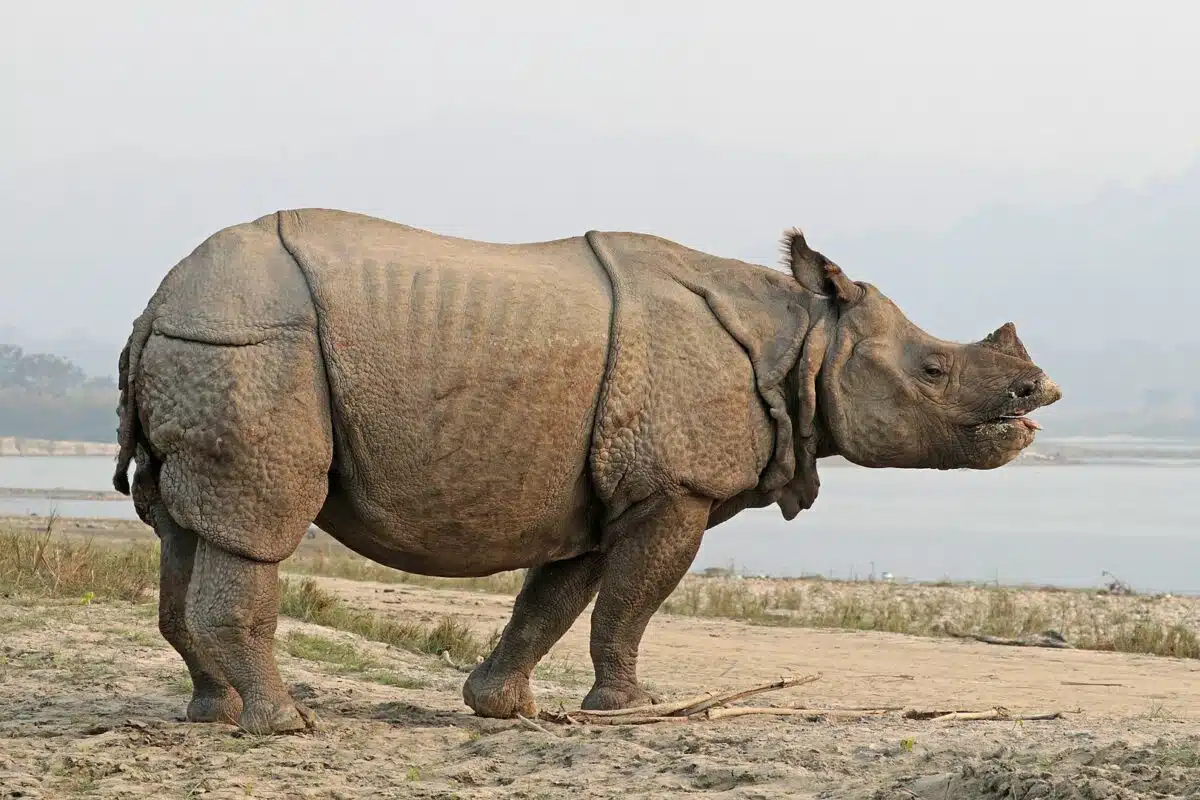The rhinoceros is represented by five distinct species that have roamed the Earth for millions of years. Spanning from the vast savannas of Africa to the dense jungles of Asia, these majestic creatures are under threat due to poaching. Conservationists are tirelessly trying to prevent them from the brink of extinction.
In this article, we delve into the natural habitats of each rhino species. We examine the critical threats leading to their potential extinction and explore conservationists’ strategies to combat poaching and safeguard these magnificent creatures.
What Exactly is a Species?
Understanding the concept of a species is crucial in this context. A species is typically defined as a group of organisms that are capable of interbreeding. Within this group, individuals of opposite sexes or compatible mating types have the ability to produce fertile offspring, predominantly through sexual reproduction.
White Rhino (Ceratotherium simum simum)
The white rhinoceros, comprising two distinct subspecies, is a remarkable species within the rhino family. Known for their square-lipped shape and immense size, white rhinos are the second-largest land mammals after elephants. These majestic creatures primarily inhabit African grasslands and savannas, where they play a crucial role in the ecosystem. The white rhino species symbolize conservation challenges and successes, facing threats from habitat loss and poaching yet demonstrating remarkable recovery efforts, particularly in the case of the Southern white rhino (a subspecies of the white rhino).
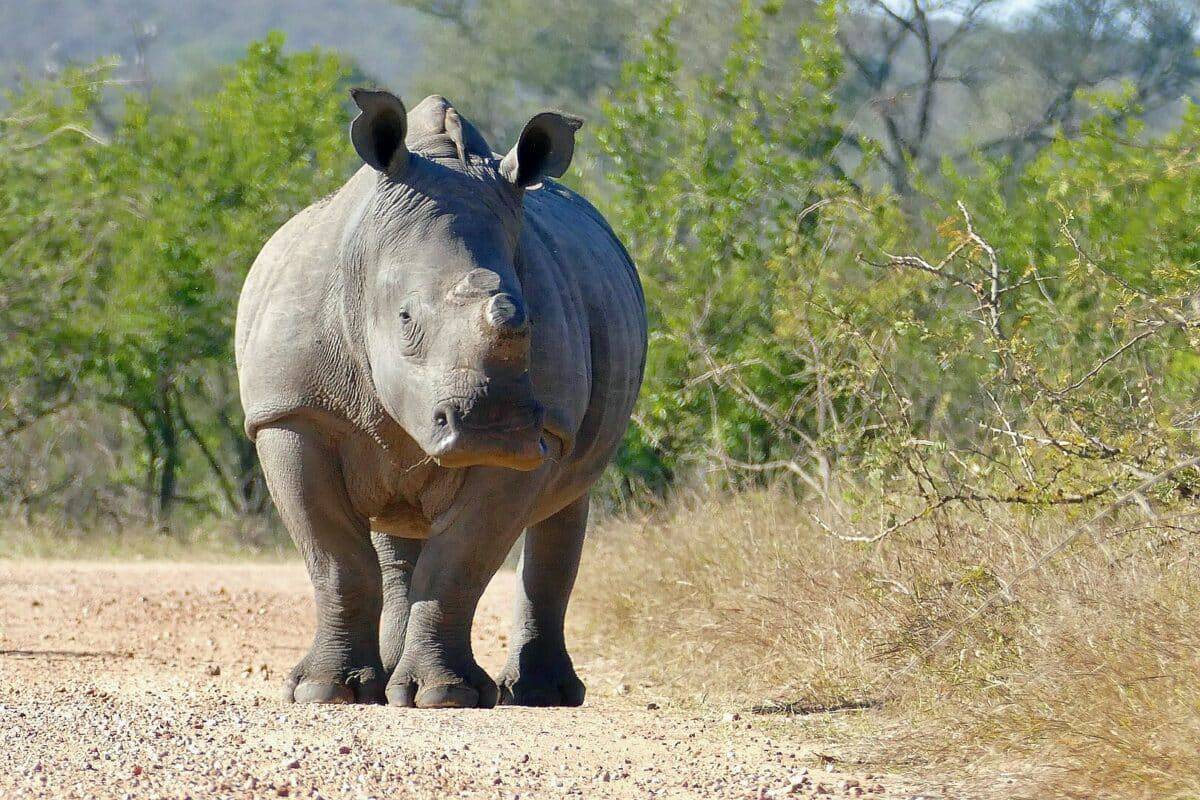
Understanding Subspecies
A subspecies is a division of a species that, while capable of interbreeding with other subspecies within the same species, has developed unique characteristics due to geographical isolation or adaptation to specific environmental conditions. Subspecies exhibit distinct physical or behavioral traits that differentiate them from other populations within the same species.
The Northern White Rhinoceros
The Northern white rhinoceros, one of the two subspecies of the white rhino, is critically endangered and on the brink of extinction, with only two females remaining. These last individuals are under strict protection in Kenya. The near extinction of the Northern white rhino is primarily due to poaching and habitat loss.
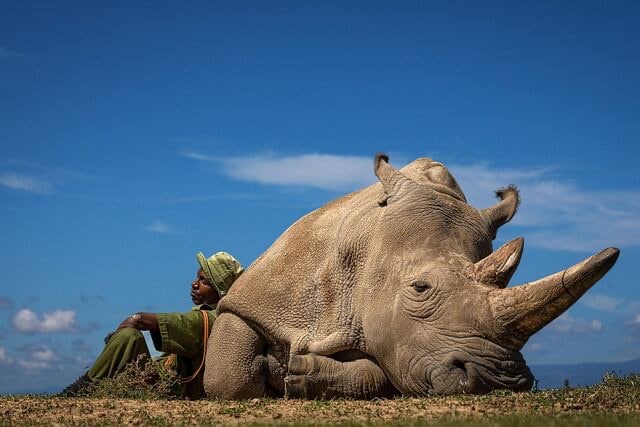
The Southern White Rhinoceros
In contrast, the Southern white rhinoceros, the other subspecies, has seen a remarkable recovery from near extinction in the late 19th century. Thanks to intensive conservation efforts, the Southern white rhino is now classified as Near Threatened, with a population of around 18,000 individuals mainly found in South Africa, Namibia, Zimbabwe, and Kenya.
Black Rhinoceros (Diceros bicornis)
The Black Rhinoceros (Diceros bicornis), native to eastern and southern Africa, is known for its distinctive hooked lip, which is adapted for browsing foliage. Smaller than the white rhino, the black rhino is critically endangered due to poaching and habitat loss. Despite its name, the black rhino’s color varies from brown to grey. This species is unique for its two horns made of keratin, with the front horn being larger. The black rhino is smaller than the white rhino, with a more compact body and a head held higher due to its browsing habits.
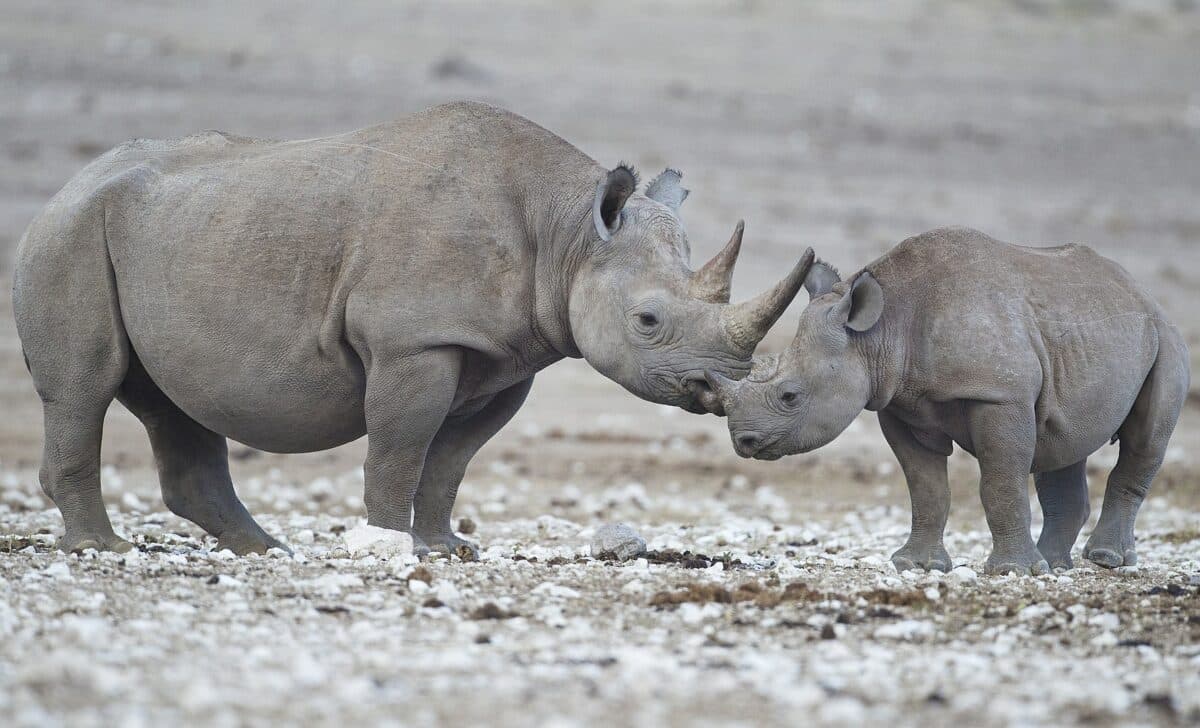
Subspecies of the Black Rhinoceros
There are four recognized subspecies of the black rhino:
- Southern Central Black Rhino (Diceros bicornis minor): The most numerous subspecies, found in South Africa, Namibia, Zimbabwe, and Kenya.
- Eastern Black Rhino (Diceros bicornis michaeli): Primarily found in Kenya and Tanzania.
- South Western Black Rhino (Diceros bicornis bicornis): Adapted to desert and semi-desert conditions, mainly found in Namibia.
- Western Black Rhino (Diceros bicornis longipes): Declared extinct in 2011, this subspecies was once found in several countries in West Africa.
The Plight of the Black Rhinoceros
The black rhino faces significant threats from poaching, primarily for its horn, which is highly valued in traditional medicine and as a status symbol. Habitat loss due to human activities also poses a major challenge to their survival. Conservation efforts include anti-poaching measures, habitat protection, and translocation projects to establish new populations in safe areas. Despite these efforts, the black rhino remains critically endangered, and continued conservation action is crucial for its survival.
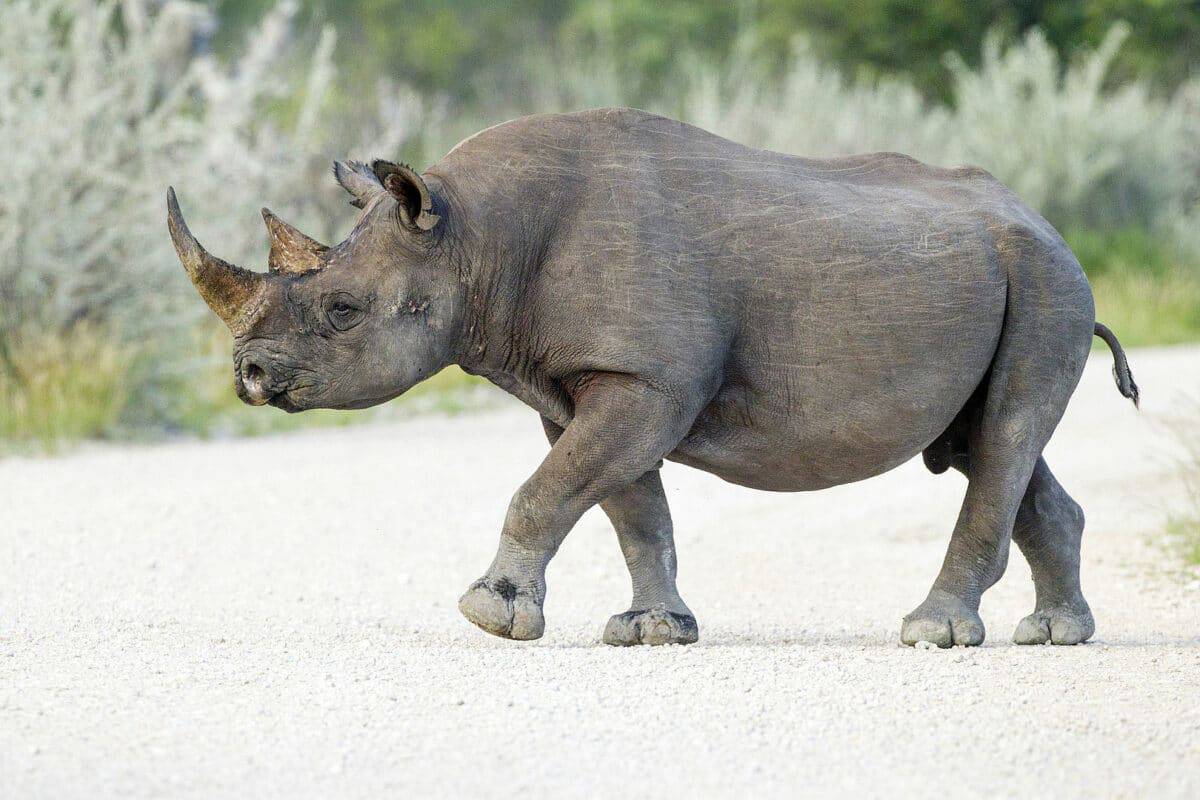
The Indian Rhinoceros (Rhinoceros unicornis)
The Indian Rhinoceros (Rhinoceros unicornis), also known as the Greater One-Horned Rhinoceros, is native to the Indian subcontinent. It is listed as Vulnerable on the IUCN Red List, with populations fragmented and restricted to less than 20,000 km². The Indian rhino is known for its single black horn, about 8-25 inches long, and its distinctive grey-brown hide with skin folds, giving it an armor-plated appearance.
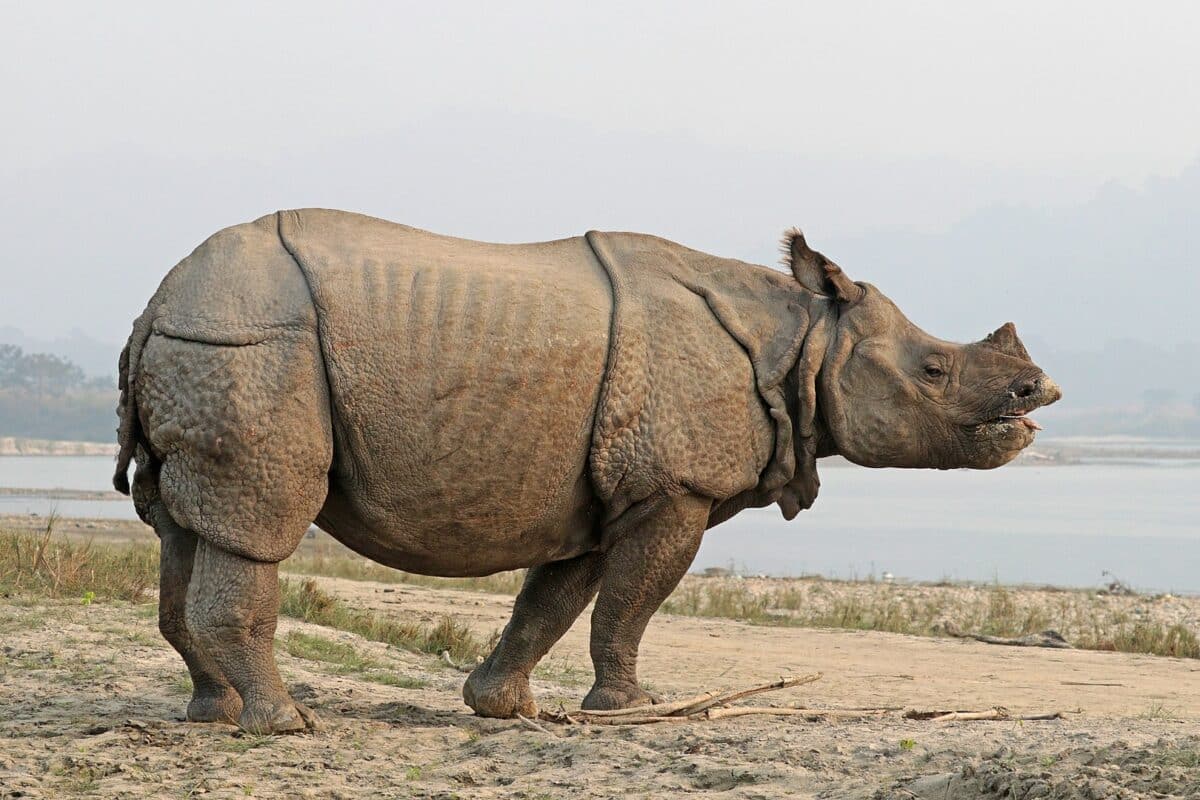
Physical Characteristics and Habitat
- Size: The Indian rhino is one of the largest rhino species, comparable in size to the white rhinoceros of Africa.
- Weight: Adult males weigh up to 2,700 kg (6,000 pounds), and females are slightly smaller.
- Habitat: Primarily found in the alluvial grasslands of the Terai and the Brahmaputra basin.
- Diet: They are primarily grazers, feeding on grasses, leaves, branches, fruit, and aquatic plants.
Population and Conservation
- Current Population: As of 2021, the total population of Indian rhinoceroses is estimated to be over 3,700 individuals.
- Conservation Success: The species has seen a significant recovery due to strict protection and management by Indian and Nepalese wildlife authorities.
- Threats: The biggest threat to the Indian rhino is poaching for its horn, used in traditional Asian medicines. Habitat loss and human encroachment also pose significant challenges.
Behavior and Social Structure
- Social Behavior: The Indian rhino is generally solitary, except when males gather at wallows or to graze.
- Reproduction: Females reach sexual maturity at around 6 years old, with a gestation period of about 15.7 months.
- Communication: Indian rhinos use a variety of vocalizations for communication and also rely on olfactory signals.
The Indian Rhinoceros is a symbol of conservation success in Asia, demonstrating the effectiveness of dedicated protection efforts. However, continued vigilance is necessary to ensure the survival and growth of this iconic species.
Javan Rhinoceros (Rhinoceros sondaicus)
The Javan Rhinoceros (Rhinoceros sondaicus), also known as the Sunda rhinoceros or lesser one-horned rhinoceros, is a critically endangered species found only on the island of Java in Indonesia. It is one of the smallest rhino species, similar in size to the Sumatran rhino. The Javan rhino is known for its single, somewhat blunted horn, usually shorter than 25 cm, and its distinctive grey-brown skin with loose folds, giving it an armored appearance.
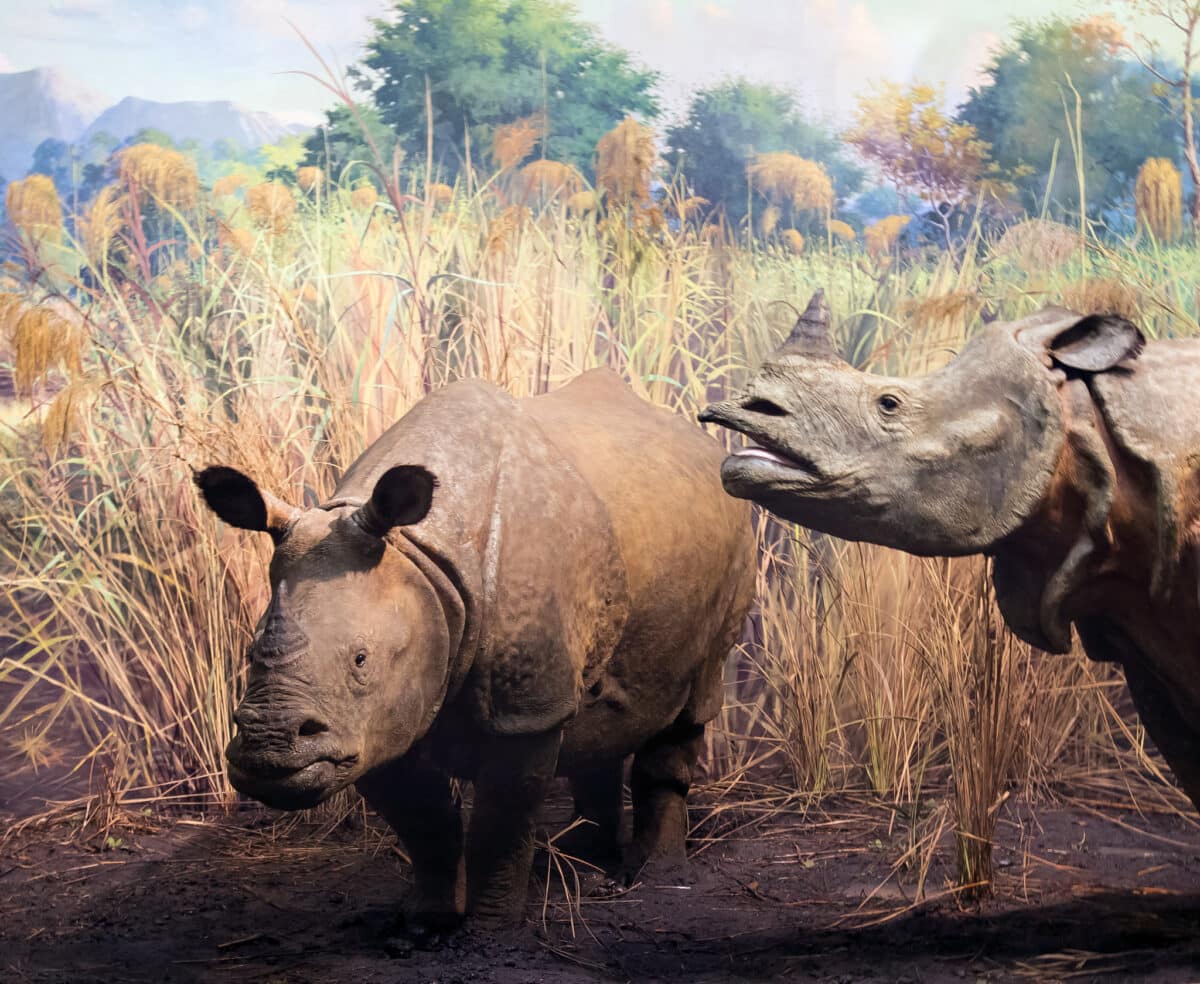
Appearance and Physical Characteristics
- Size: The Javan rhino is about the size of the black rhinoceros, measuring 2 to 4 meters long and standing 1.4 to 1.7 meters tall at the shoulder.
- Weight: Adults weigh between 900 and 2,300 kg.
- Horn: Only males have horns, which are the smallest of all extant rhinos, usually less than 20 cm long.
Habitat and Behavior
- Habitat: The Javan rhino inhabits dense lowland rainforests, wet grasslands, and vast floodplains at forest edges.
- Diet: It is herbivorous, feeding on diverse plant species, especially their shoots, twigs, young foliage, and fallen fruit.
- Behavior: Mostly solitary, except for courtship and rearing offspring. They occasionally congregate near wallows and salt licks.
Conservation Status
- Population: As of recent estimates, there are approximately 74 individuals left in the wild, all within Ujung Kulon National Park in Java, Indonesia.
- Threats: The decline of the Javan rhino is primarily attributed to poaching for the males’ horns and habitat loss due to human encroachment.
- Conservation Efforts: The species is protected within Ujung Kulon National Park, a UNESCO World Heritage Site. Conservation efforts focus on habitat protection, anti-poaching measures, and maintaining genetic diversity.
Subspecies
There are three recognized subspecies of the Javan rhino:
- R. s. sondaicus: The Indonesian Javan rhinoceros, the only surviving subspecies.
- R. s. inermis: The Indian Javan rhinoceros, extinct.
- R. s. annamiticus: The Vietnamese Javan rhinoceros, also extinct.
The Javan rhinoceros is one of the world’s most critically endangered species, with its survival dependent on continued conservation efforts and protection from poaching and habitat loss.
The Sumatran Rhinoceros (Dicerorhinus sumatrensis)
The Sumatran Rhinoceros (Dicerorhinus sumatrensis) is the smallest of the living rhinoceroses and the only Asian rhino with two horns. It is covered with long hair, making it more closely related to the extinct woolly rhinos than any other rhino species alive today. The Sumatran rhino’s hair turns reddish-brown in young adults and becomes sparse, bristly, and almost black in older animals.
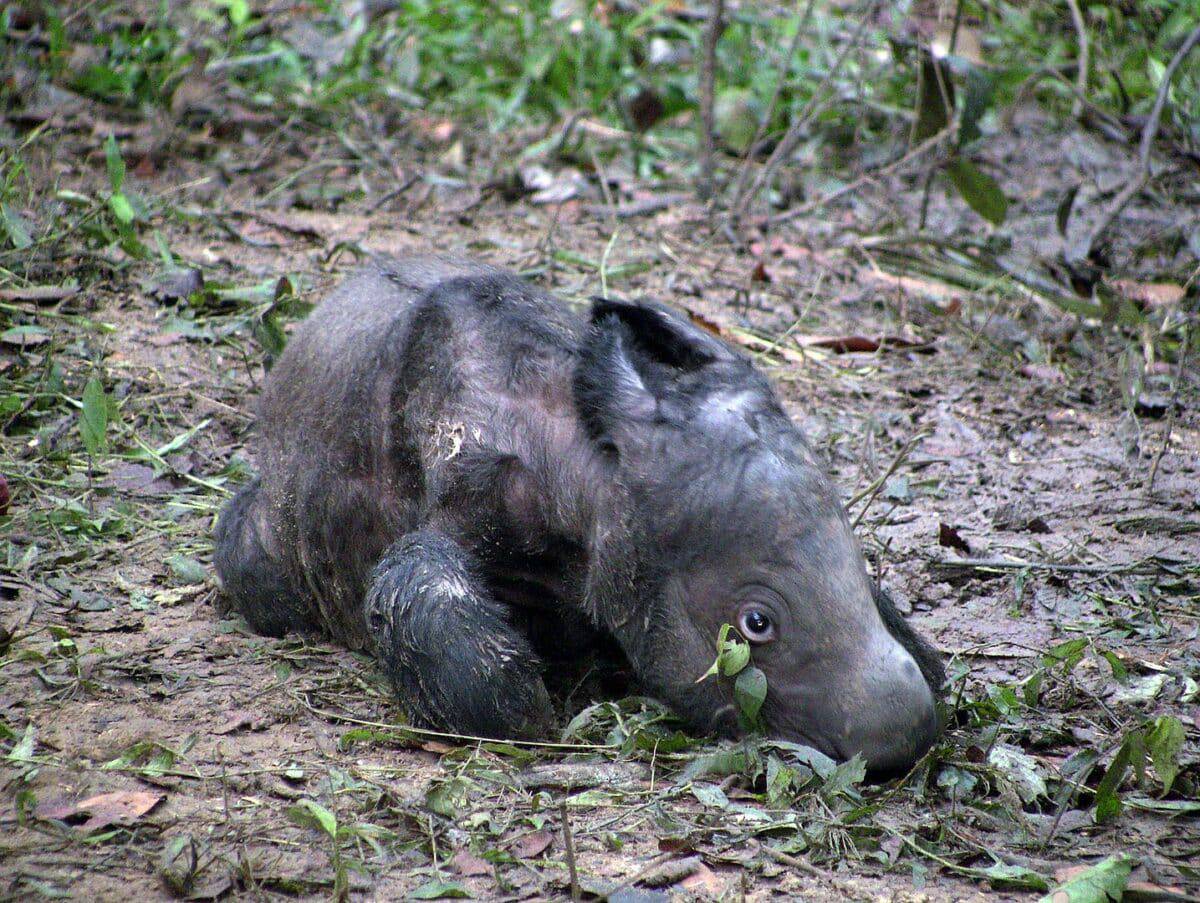
Appearance and Physical Characteristics
- Size: The Sumatran rhino stands about 112–145 cm high at the shoulder, with a body length of around 236–318 cm.
- Weight: Adults weigh between 500 and 800 kg, though the largest individuals in zoos have been known to weigh as much as 2,000 kg.
- Horns: Like the African species, it has two horns, with the larger nasal horn typically 15–25 cm long.
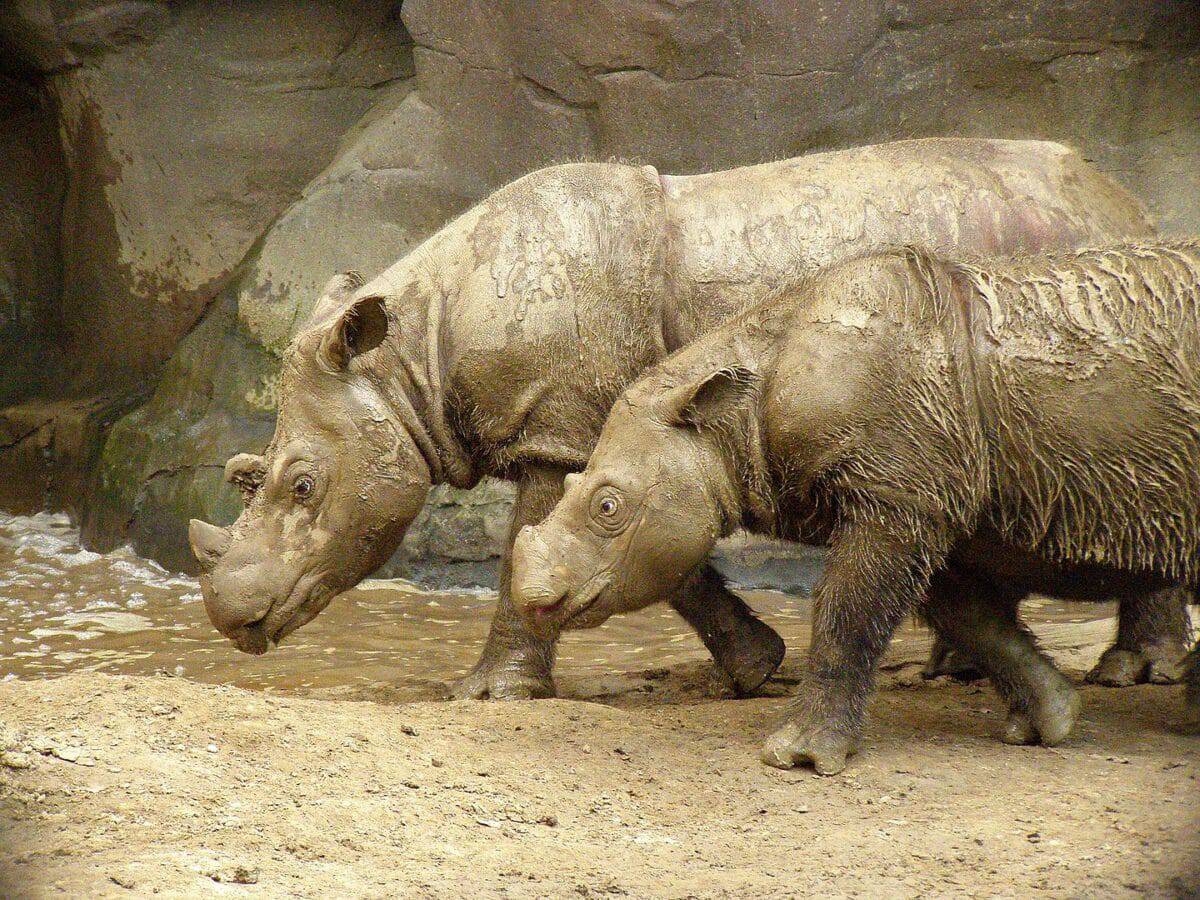
Habitat and Behavior
- Habitat: Inhabits lowland and highland secondary rainforests, swamps, and cloud forests.
- Diet: Mainly browsers, feeding on diverse plant species, especially their shoots, twigs, young foliage, and fallen fruit.
- Behavior: Mostly solitary, except for courtship and offspring-rearing. Known for being vocal and using various methods for communication and marking territory.
Conservation Status
- Population: Critically endangered, with an estimated total population of fewer than 80 mature individuals.
- Threats: Habitat loss, poaching, and reproductive challenges are the primary threats to the species.
- Conservation Efforts: Focus on habitat protection, anti-poaching measures, and breeding programs, including efforts to establish a second population for increased genetic diversity.
Subspecies
There are three recognized subspecies of the Sumatran rhino:
- D. s. sumatrensis: The western Sumatran rhinoceros, found in Sumatra.
- D. s. harrissoni: The Bornean rhinoceros, found in Borneo.
- D. s. lasiotis: The northern Sumatran rhinoceros, historically found in India and Bangladesh, now considered extinct.
The Sumatran rhinoceros is a unique and ancient species, facing critical challenges for its survival. Conservation efforts are vital to prevent the extinction of this distinctive and ancient species.
You might also enjoy:
The AMES Foundation and Their Fight Against Rhino Poaching
Elephant and Rhino Fight Each Other In a Nighttime Duel
Watch What Happens When A Rhino Surprises A Sleeping Dog
Watch: Elephant Heroically Tries to Rescue Rhino from Lions
Join our Forum for free today!

- The Bond Between a Wild Baby Bison and Her Rescuer - July 20, 2024
- An Excited Husky’s First Ever Time in Snow - July 20, 2024
- Top 20 Colorful Species To Brighten Your Day - July 14, 2024

